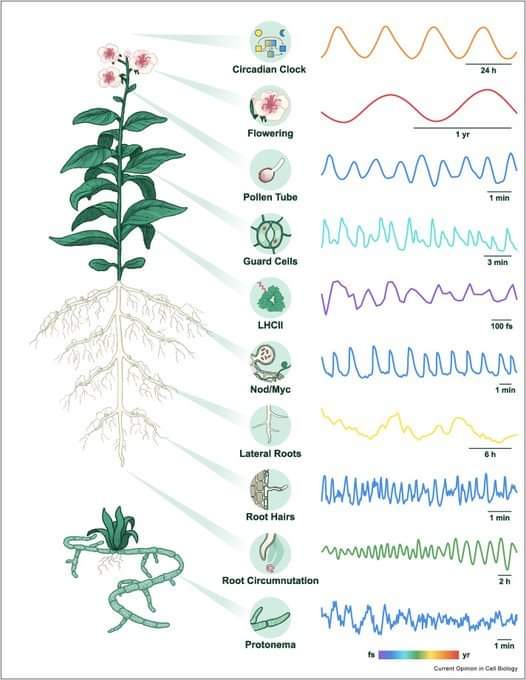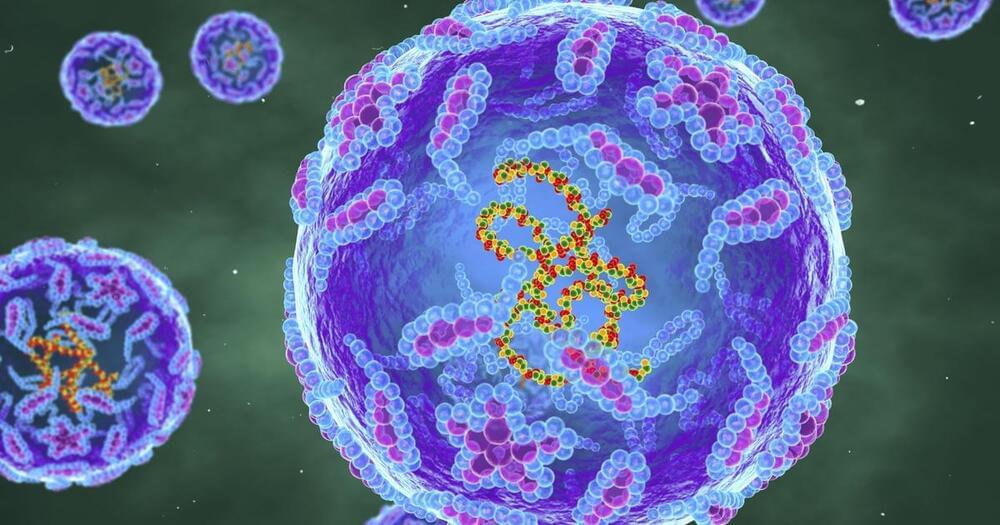A new deep dive into this fascinating, possibly game changing tool to RAPIDLY build space infrastructure that would otherwise take far longer and cost more to lift into orbit with rockets.
Take the Real Engineering X Brilliant Course and get 20% off your an annual subscription: https://brilliant.org/realengineering.
Watch this video ad free on Nebula: https://nebula.app/videos/realengineering-can-we-throw-satel…spinlaunch.
Links to everything I do:
https://beacons.ai/brianmcmanus.
Get your Real Engineering shirts at: https://standard.tv/collections/real-engineering.









